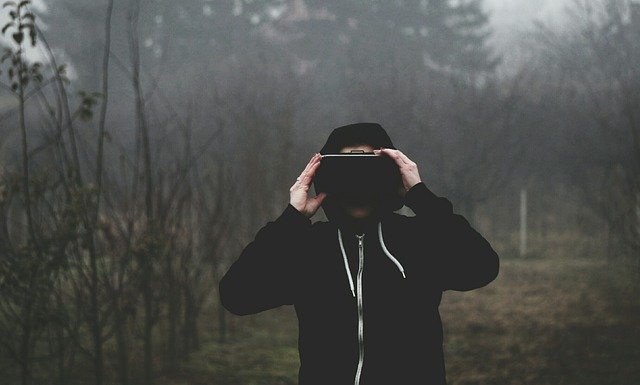Ever felt lost in a new locality and just wanted visual directions to move from your mobile screen to the physical world in front of your eyes? That’s what augmented reality does. With Live View in Google Maps, one can find digital arrows or directions overlaid right on top of the physical world in front of your eyes. Unfortunately, Google’s Live View service isn’t available in India yet. Another example of AR in Google’s products is Google Lens, which helps you use your camera to search for whatever you see in the picture. So, if you like your friend’s shirt and want to find on which e-commerce website it is selling, you can simply click a photo of your friend wearing that shirt, and Google Lens will do the rest. If you want to copy the text you see on a book’s page, in the digital format, again, enter Google Lens. Virtual reality, on the other hand, can be described as AR’s more sophisticated cousin. It can bring you anywhere, helping you experience things, events and places as if you were actually there, even when you clearly are not. It can bring the user into a number of imagined environments such as a new gaming galaxy or to Antarctica to walk through a penguin colony or even on the back of a dragon. Thus, VR completely shuts out the physical world that is around the user. VR does this by requiring people to wear headsets that seemingly transport them to another world. VR is often used in video games and movies to give users an immersive experience. In the case of video games, users experience playing with a point of view from inside the virtual world of the game. And then there’s mixed reality, which combines elements from both AR and VR.
In MR, physical and digital objects interact. “It provides the ability to have one foot (or hand) in the real world, and the other in an imaginary place, breaking down basic concepts between real and imaginary, offering an experience that can change the way you game and work today,” Intel explains on its website. In India, the most recent promise of a Mixed Reality product is the MR headset JioGlass, which Reliance Jio unveiled recently. During its AGM last year, the company demonstrated that through JioGlass, a teacher, while sitting at their home, could teach their class in school by transporting their 3D avatar to the classroom. This 3D avatar would be visible to the students. This application of JioGlass could also be extended to video conferencing and other such solutions. But JioGlass is yet to be launched, so we are yet to fully understand Mixed Reality’s use cases in India.
Watch Video
Dear Reader,
Business Standard has always strived hard to provide up-to-date information and commentary on developments that are of interest to you and have wider political and economic implications for the country and the world. Your encouragement and constant feedback on how to improve our offering have only …….

